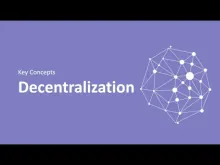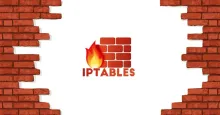In the context of blockchain, decentralization is a core principle that ensures the network operates without a central authority, enhancing security, transparency, and trust. Key management and functionality are critical components of this decentralized structure, leveraging cryptographic principles to maintain the integrity and authenticity of the blockchain. Here's an in-depth look at key decentralization and its functionality in blockchain technology.
Key Management in a Decentralized System
1.Decentralized Key Generation










